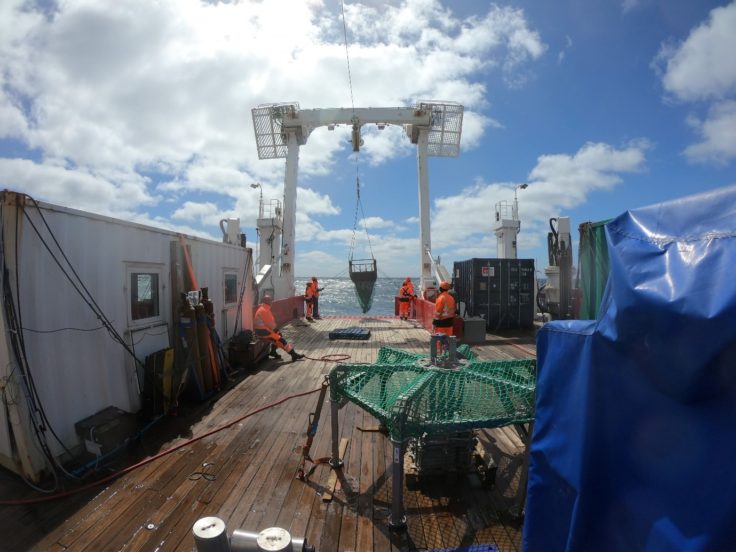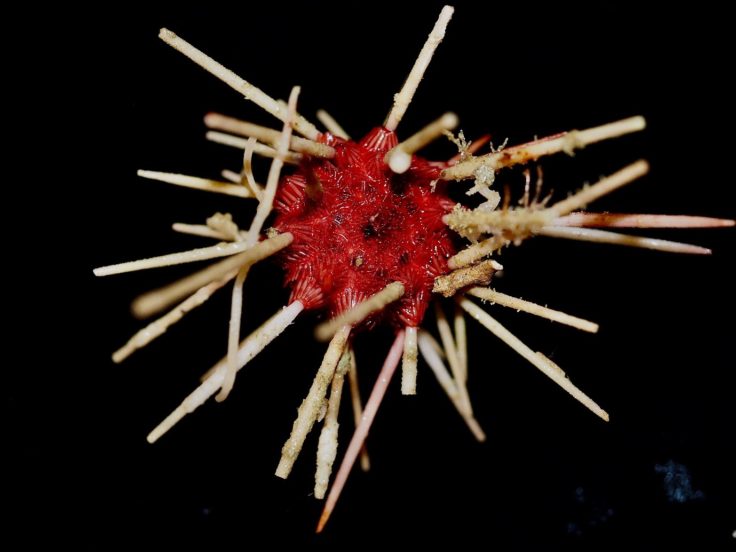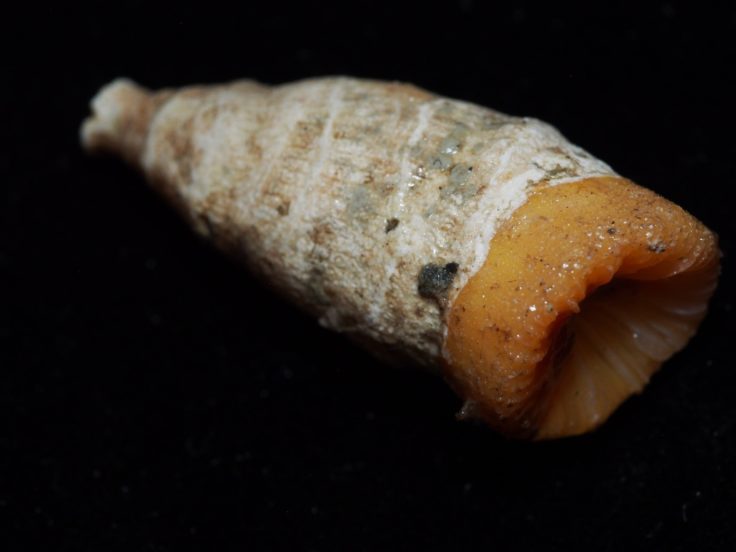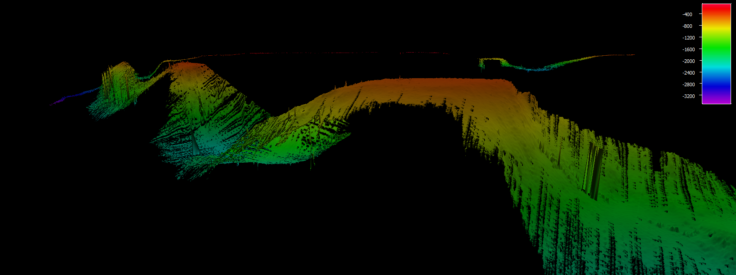Blog: A research cruise and my gateway to Antarctica
12 December, 2018 RRS James Clark Ross
ICEBERGS2 – a research cruise and my gateway to Antarctica
Nadescha Zwerschke is a marine biologist travelling on the RRS James Clark Ross to Antarctica
I’ve only recently started my post as marine biologist for Rothera Research Station, yet I am already in a unique position. Not only do I get to spend 18 months on the West Antarctic Peninsula, working and living in such a unique and spectacular environment, I also get to travel there in style on board the RRS James Clark Ross, the BAS operated research vessel, as part of a scientific cruise looking at how environments and habitats change with glacial retreat. On board, a wide group of international scientists are investigating how glacier retreat is changing coastal environments, and life in them, along the Antarctic Peninsula. This includes studying everything from the extend of microplastic pollution to whale populations. My role will be looking at the weird and wonderful creatures living on the seafloor and how disturbance caused by glacial break up’s affects them. Aptly our scientific program is named “ICEBERGS”
The ICEBERGS 2018 cruise is the second in a series of three for a UK-Chile led research grant. This work, at a global hotspot of ice change, is important because both the number of glaciers in retreat, and their rate of retreat is accelerating, driven by global warming. As glaciers retreat they are exposing fjords all the way along this coastline – Earth’s newest environments. Brand new phytoplankton blooms (micro algae) are forming there and are food for the establishing animals.
So on 29 November, the European contingency of the ICEBERGS2 cruise made their way to the Falkland Islands, via Brize Norton to meet the JCR and the rest of the team arriving from America. Having received a warm welcome by the crew and started to settle in, we departed for our first sampling station to Burdwood Bank, the following day. After having talked about this cruise for the past months and having to deal with delays and scheduling issues a huge sigh of relief could be heard across the ship when we were finally underway and the whole team was excited to start working.

The sampling effort at Burdwood Bank was a result of a collaboration between BAS and the South Atlantic Environment Research Institute (SAERI) funded by the Darwin Plus Initiative. Ander De Lecea and Marina Costa from SAERI are keen to get a better understanding of the types of animals living on the seafloor.
Ander explained that the surveys we carried out will not only increase our knowledge of the biodiversity within this poorly studied region but also help to design a future Marine Protected Area (#MPA) around the Burdwood Bank which is within the Falkland Islands Outer Conservation Zone and uniquely positioned right on the edge of the Polar Front.
To get an idea of the animals present in this area four short small bottom trawls were collected between 400m and 1300m depth. Although every trawl lasted only 5 minutes, deploying and retrieving them generally took several hours, because of the immense depth and the increasing pressure throughout which the trawl had to travel. Yet every time a trawl came up from the deep ocean it was like a door to a fairy land had opened. Each trawl was teeming with an array of wonderful creatures and we couldn’t believe our luck of findings such a great variety of animals at such depth. It was the first time that we got to see such an amazing abundance of life and its spectacular forms and shapes in the deep sea. This almost garden-like abundance of animals included a variety of cold water corals which must have been several decades old.


While we were busy admiring life in the deep sea, Marina kept an eye out for Whales and Dolphins on the Monkey Deck and was rewarded with several sightings of pilot and fin whales, who come to this productive area to feed.
As soon as we arrived at Burdwood Bank JCR’s EM122 multibeam echosounder was used to obtain profiles of the seabed at the edge of the bank. This project was driven by Kate Retallick from Bangor University who is attempting to increase the accuracy of seabed modelling while also mapping unknown regions of the sea floor and thus contributing to the charting effort.

After two extremely productive days at Burdwood Bank, we are now battling our way through the stormy seas of Drake Passage to the next sampling station on the West Antarctic Peninsula, Marion Cove. This is where the core work of ICEBERGS 2018 will begin, and we all can’t wait to see what we’ll find there!